
Ultrasonic testing (UT) is an inspection method for determining if there is internal corrosion or erosion in pipework and vessels. It is a manual method requiring skilled inspectors who travel to the assets to take the measurements. Issues can arise with access to the measurement locations (e.g. they can be underneath layers of insulation) and human error can lead to misrepresentative readings.
Fully automated, wireless, permanently installed monitoring systems (PIMS) offer an alternative to UT. These systems can be very cost-intensive, which makes them unfeasible for high volumes of monitoring locations. They may not be suited to a range of locations due to their size and requirement for a network.
We offer Battery-free, Ultrasonic thickness sensors that are permanently installed to the surface of pipework or vessels. These specially designed sensors are wirelessly powered-up by our handheld data collection tool, and a thickness measurement is simultaneously collected. These measurements can be uploaded to software for remote data management, allowing operators to effectively monitor their internal corrosion & erosion.

How it Works

An electromagnetic signal is transmitted by the WAND, which activates the sensor. When activated, the sensor generates an ultrasonic pulse, which then gets reflected off the back wall of the structure being examined. An electromagnetic signal is returned by the sensor, which gets received by the WAND. The WAND calculates the material thickness using either: the delay between the first and second ultrasonic echoes (peak to peak), or the delay between the initial ultrasonic pulse (time=0) and the first received ultrasonic echo (first arrival).
In addition to this, each sensor comes with an associated RFID to enable location tracking. The WAND is equipped with an RFID reader which scans for the sensor RFID when a measurement is taken; the WAND then automatically assigns the thickness value to the sensor RFID number. This means the user can know exactly where each thickness measurement comes from.
TM Sensors
Thin, embeddable, permanently installed, battery-free ultrasonic sensors.
The WAND sensors are designed to be permanently installed on the surface of pipework and vessels to provide reproducible thickness readings free of human-error. Each sensor comes with an RFID for traceability and automated data management.
Inductosense offers the standard TM sensor, where the measurement point is in the centre of the sensor, or alternatively the offset TM sensor, where the measurement point is offset to the side for monitoring in places such as next to welds.
- ATEX Approved Intrinsically Safe
- RFID Tagged
- Simple to install
- Battery Free

Data Collector
WAND HDC (Handheld Data Collector)
Handheld measurement tool that wirelessly collects thickness measurements from the TMS sensors.
- User interface displays ultrasonic A-scan, thickness and location information
- Easy to use – anyone can take a measurement, which reduces demand for specialist personnel
- Acquire a measurement in seconds
WAND RDC (Remote Data Collector)
The WAND Remote Data Collector (WAND-RDC) is an intrinsically safe, battery powered device designed to be used with up to 8 WAND TM sensors.
The WAND-RDC is configured using the Inductosense Data Analysis and Reporting Toolkit (iDART) software. Using iDART, the WAND-RDC can be prompted to retrieve live thickness readings, and also programmed to schedule automatic data collection at predefined intervals.
The WAND-RDC collects and logs thickness measurements, which can then be retrieved wirelessly by Bluetooth 5.0 at a range of up to 200m, making it ideal for difficultaccess locations. The data can then be transferred to the iDART cloud with access to the internet.
- Up to 200m wireless range
- 5-year(+) battery life
- Up to 8 WAND sensors can be connected per RDC module, using reader pad wires
- Inbuilt temperature sensor
Software

IDM Software
Inductosense Data Analysis and Reporting Toolkit (iDART) is a cloud-based software package for use with the Inductosense WAND system. iDART is available as both a desktop based and browser-based package, and enables configuration of your WAND devices, xas well as management and analysis of your WAND thickness data.
- Manage all sensor measurements remotely
- Analyse ultrasonic A-scans and determine corrosion/erosion rates
- Export reports
Accesories
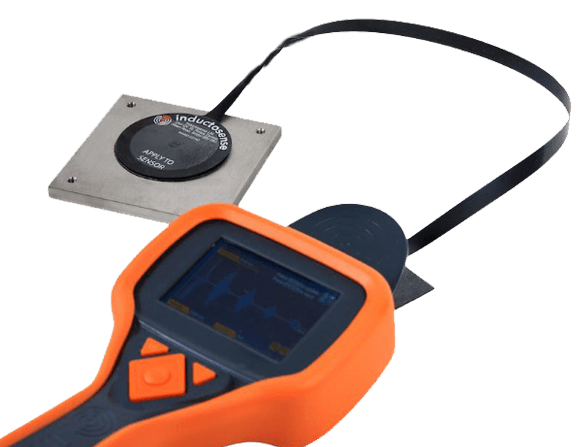
ECHO
Our innovative solution for taking measurements through insulation.
Extension coil for use with a TMS sensor:
Salient Features
- Overlays easily on top of preinstalled sensors
- Can be threaded through thick insulation to allow measurements to be acquired without removing it
- Flexible and robust
- The ECHO comes in a variety of set lengths, including 45cm, 100cm, 200cm and 400cm.
REACH
The REACH is an accessory for the WAND-HDC that can extend up to 4m. Simply attach the REACH to the WAND-HDC so data can be collected from the WAND sensors installed in difficult access locations.
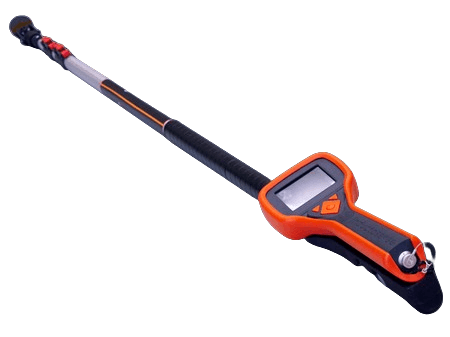
High Temperature Ultrasonic Installed Sensors
We offer high temperature ultrasonic installed sensors from M/s. IONIX Advanced Technologies, UK. The Hotsense series of high temperature ultrasonic installed sensors offers reliable and stable thickness measurement from -55° C to 550° C. High temperature ultrasonic installed sensors are connected to wireless hart network system which automates the thickness and corrosion monitoring by collecting measurement simultaneously at a preset schedule and transferring data directly to control room, which make it non-invasive, automated and wireless ultrasonic monitoring solutions. Fixed UT sensors provide increased measurement precision and collection frequency for reliable and real-time corrosion trending.
Dual Element Sensor

Salient Features
- Dual element sensors can be deployed directly onto coated assets using a bonded/ magnetic system.
- Installation on all sizes of pipes and vessels.
- -55°C to+150°C continuous measurement temperature range.
- Measurements can be made through standard coating thicknesses of 0.2 – 1.2 mm without coating removal or modification.
High Temperature Sensor

Salient Features
- High temperature sensor can bedeployed directly to hot assetsmby using standard clamp NPS 2” To NPS 16”.
- Installation under insulation on high temperature pipes and quick to install and remove.
- -55°C to +380°C continuous measurement temperature range.
Ultra High Temperature Sensor
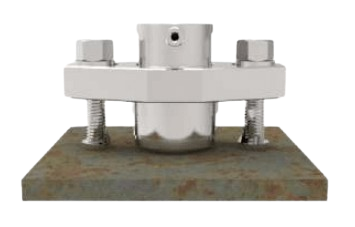
Salient Features
- Ultra high temperature sensor can be deployed directly to hot assets by using a welded studs
- Installation on large high temperature pipes and vessels.
- -55°C to + 550°C continuous measurement temperature range.
- Reduced maintenance, cost efficient, improved network stability.
Wirelesshart Thickness Node Caliperay
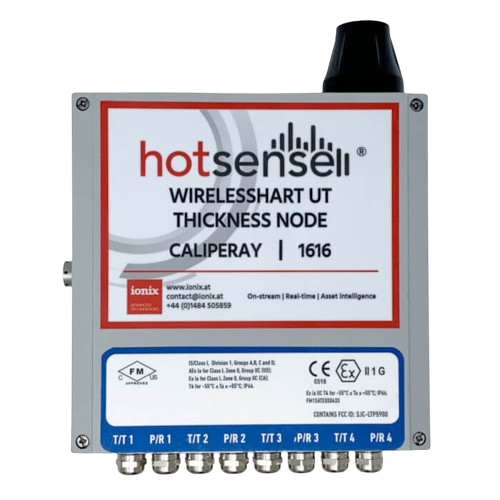
Salient Features
- Automated thickness and temperature measurements integrated with thermocouple
- Intrinsically safe and certified (FM Cl 1 Dv 1-2, ATEX & IECEx Zone 0-1).
- Flexible and robust deployment and data management options.
High-Temperature Dual Element Thickness Gauging Transducers

Salient Features
- Make wall thickness measurements on hot assets, in-service, without the need to shutdown or isolate.
- -55°C to +550°C wide measurement temperature range for all in-service assets.
- No cooling required up to 350 °C. Increase your productivity between calibrations and reduce duty cycling.
High-Temperature TOFD Transducers
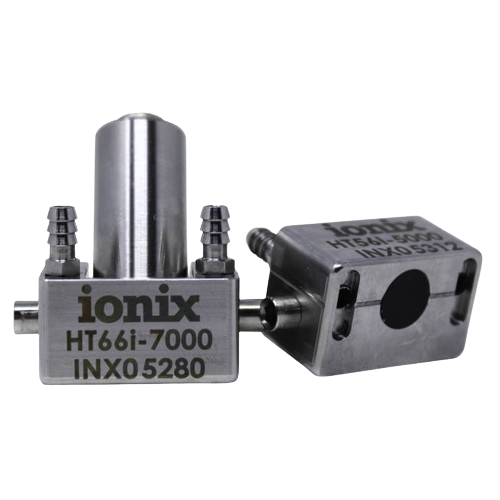
Salient Features
- -55°C to +350°C continuous use temperature range.
- No cooling required. Increase your productivity by reducingduty cycling.
- Make weld inspections on hot assets, on-stream, without the need to shutdown or isolate.
- Compatible with commercial scanners and crawlers.




